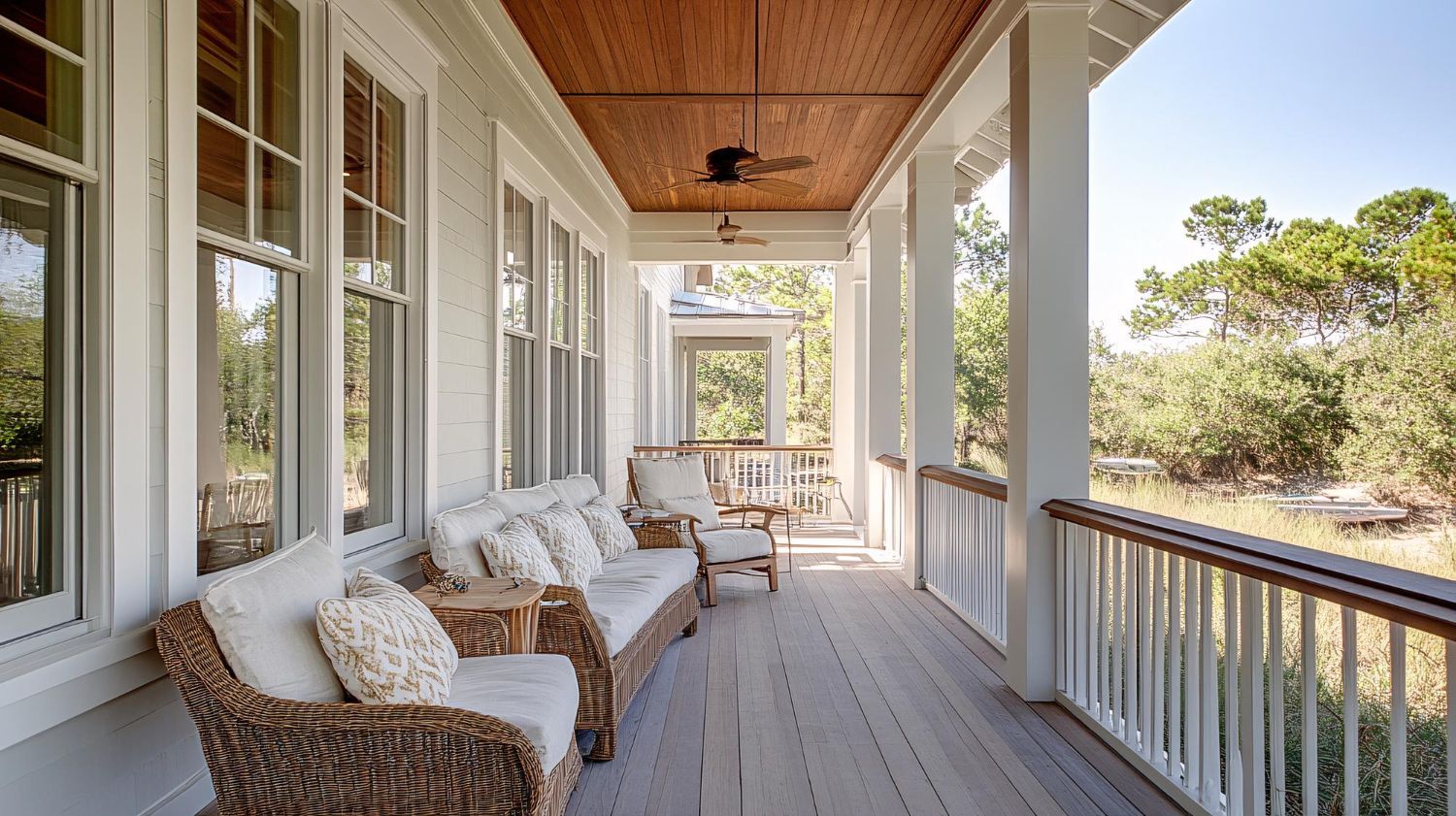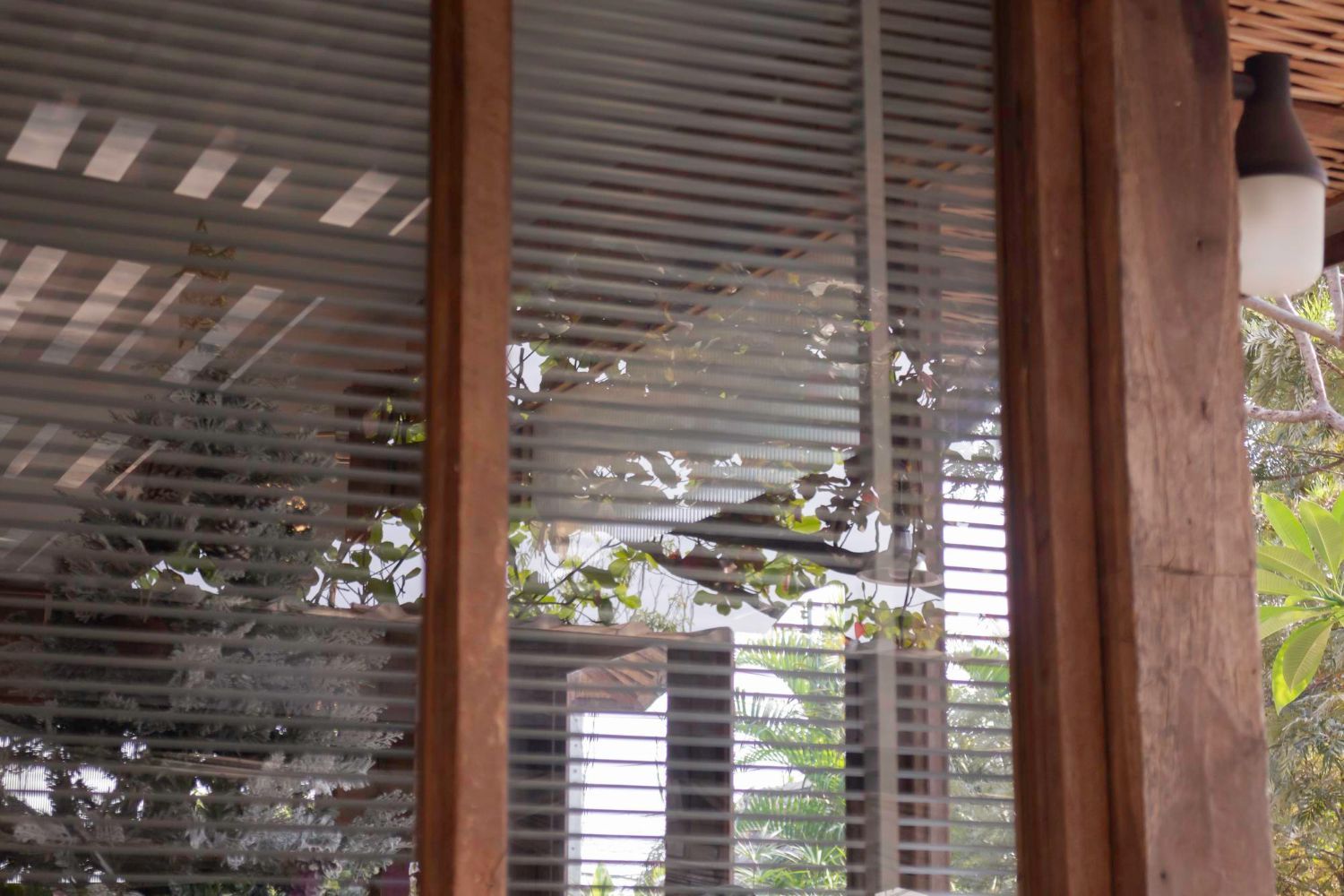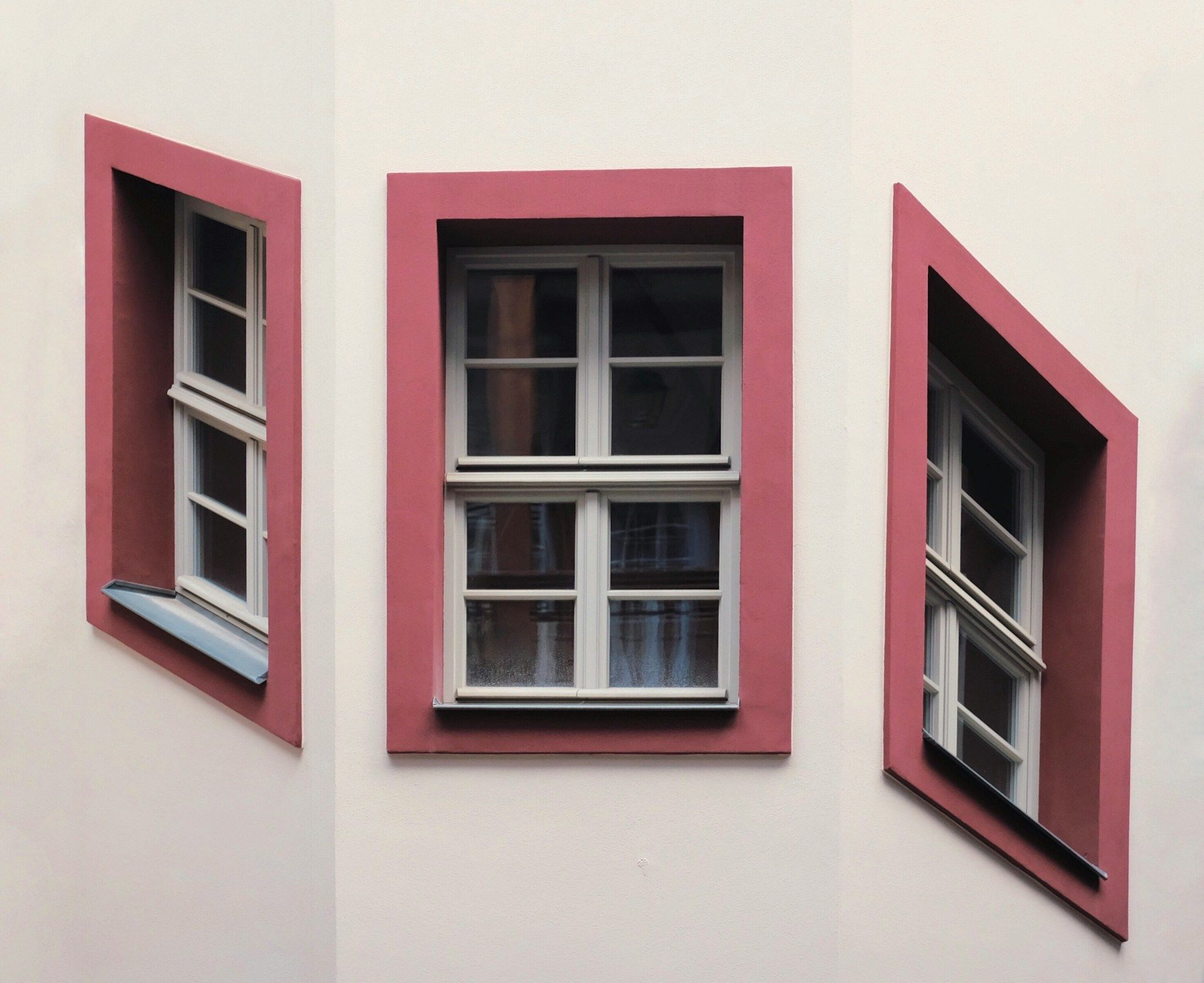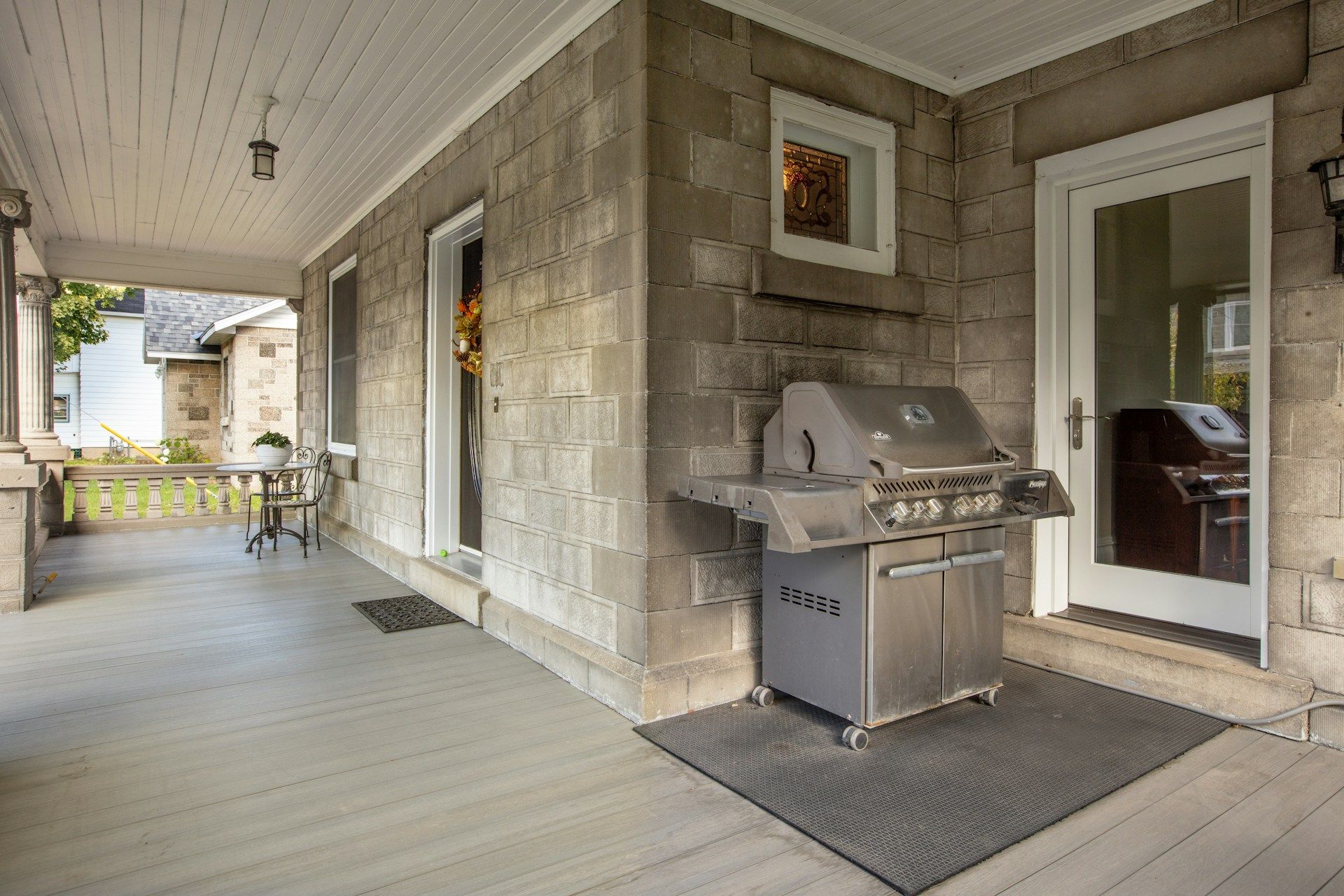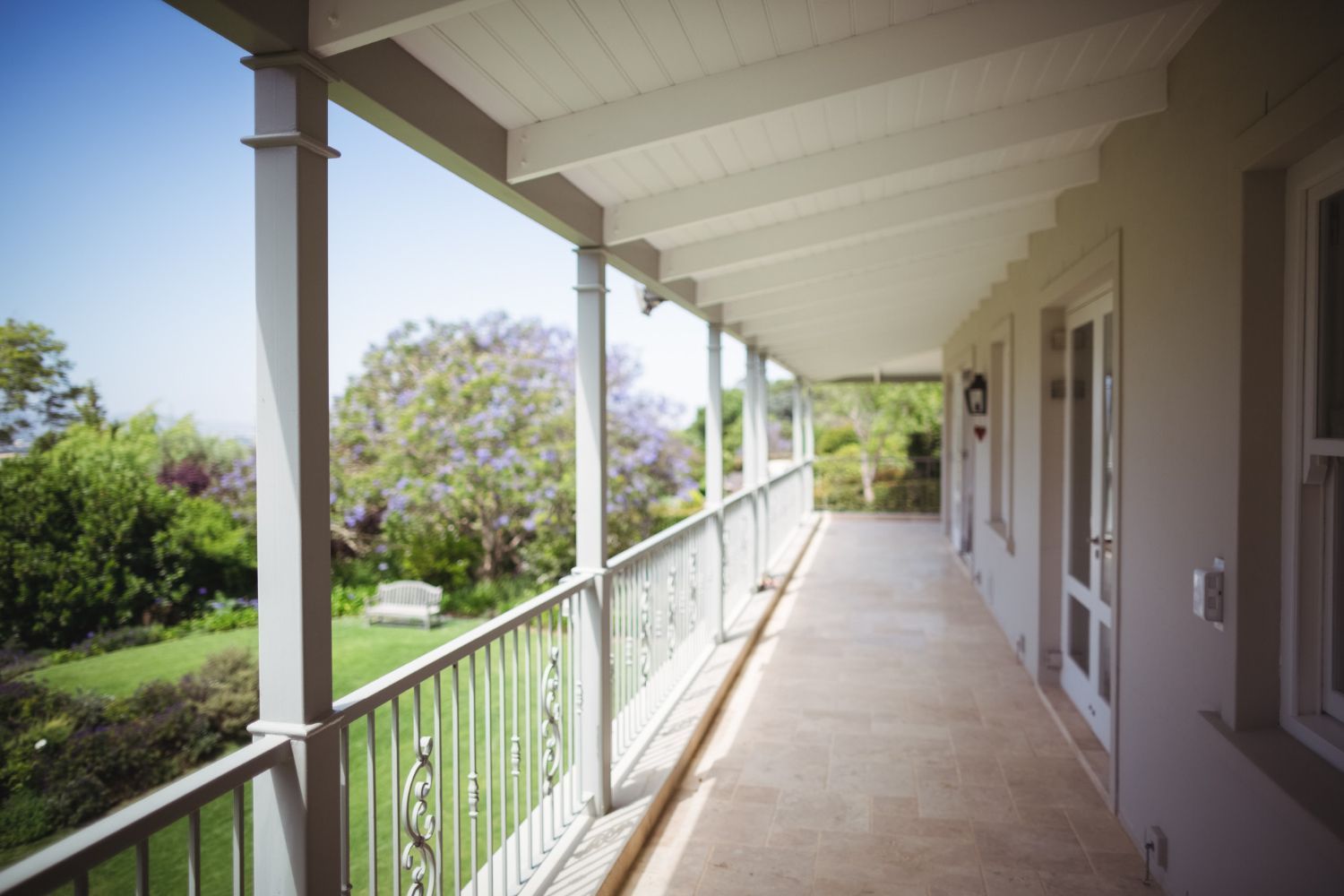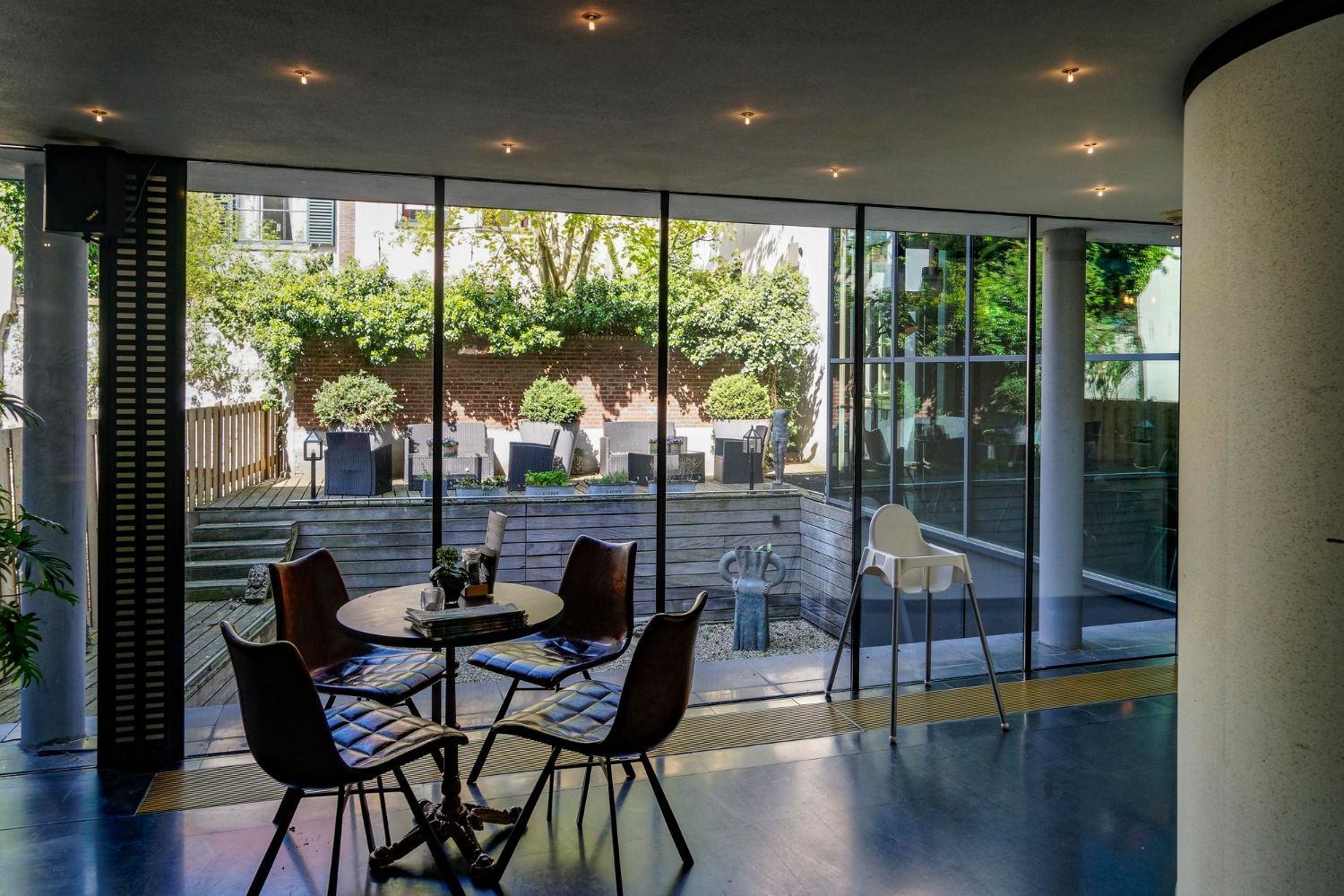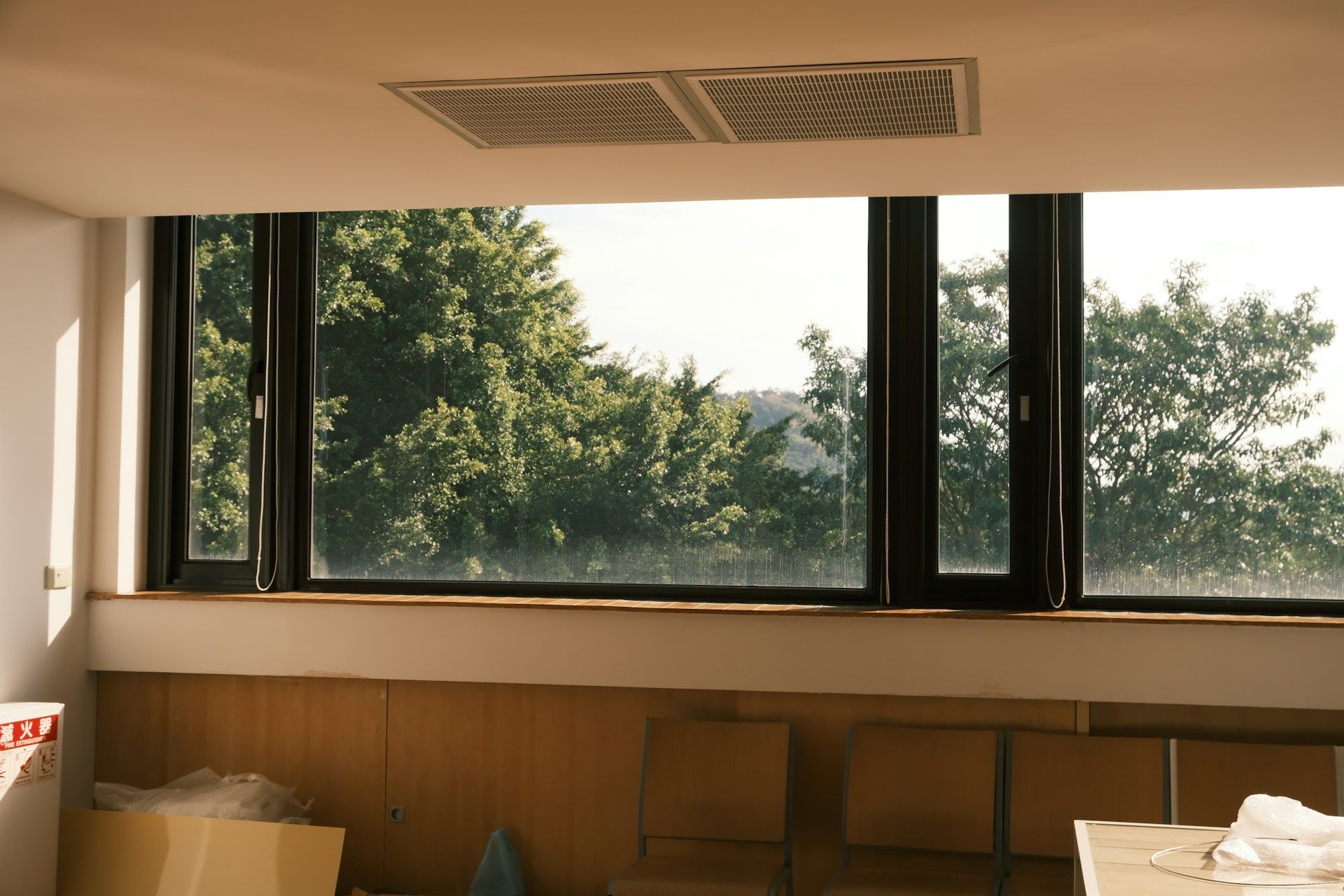Top 5 Factors to Consider When Selecting Outdoor Stair Railings in Raleigh, NC
Outdoor stair railings are not only a crucial safety feature for your home but also a vital design element that can enhance the look and feel of your porch, patio, or deck in Raleigh, NC. With an extensive array of styles, materials, and finishes available in the market, selecting the ideal outdoor stair railing system that suits your needs and preferences while blending seamlessly with your home's architecture can be challenging. As we enter 2024, understanding the various factors to consider when evaluating outdoor stair railings can help you make a more informed decision, ensuring a perfect balance of style, safety, and durability.
In this comprehensive guide, we will explore the top five factors you must consider when choosing outdoor stair railings for your Raleigh, NC home, including railing materials, installation, building codes, maintenance, and aesthetics. Furthermore, we'll delve into the latest material innovations and design trends in stair railings that are gaining popularity.
By the end of this article, you will be armed with the knowledge and insights needed to make a confident decision about the right outdoor stair railing system for your unique home and landscaping style. With this newfound understanding, you'll be well on your way to creating a safe, stylish, and functional outdoor living space that complements your home's design and stands the test of time.
Ready to embark on the journey to a safe and elegant porch or patio space? Consult the experienced professionals at Raleigh Screen Solutions for expert advice and high-quality outdoor stair railing solutions customized to your needs.
1. Railing Materials: Strength, Style, and Performance
The choice of railing material plays a critical role in determining the performance, aesthetics, and lifespan of your outdoor stair railing system. When evaluating materials for your Raleigh, NC home, consider factors such as weather resistance, strength, durability, and maintenance requirements. Common materials used for outdoor stair railings include:
- Wood: Wood railings offer a classic and timeless look, with options like cedar, redwood, and treated pine being popular choices for their natural resistance to decay and insects. However, wood railings require regular maintenance and painting or staining to prevent rotting and maintain their appearance.
- Metal: For a durable and low-maintenance option, consider metals like aluminum, steel, or wrought iron. Aluminum is lightweight, resists rust, and is available in various coatings and styles. Steel and wrought iron offer strength and an elegant appearance but may require rust-proofing treatments.
- Vinyl: Vinyl railings are an affordable, durable, and low-maintenance alternative to wood or metal. With UV-resistant and fade-resistant properties, vinyl railings maintain their appearance with minimum upkeep.
- Composite: Composed of wood fibers, plastic, and binding agents, composite railings provide the look and feel of wood without the extensive maintenance.
2. Installation: DIY or Professional Expertise?
Once you've chosen your preferred railing material and style, consider the installation process. Installing outdoor stair railings can be a DIY project or a task for a professional contractor, depending on the railing system and your level of expertise. Evaluate factors such as:
- Time and tools: Assess the amount of time, tools, and skills required to install your chosen railing system and determine if you're comfortable undertaking the installation yourself.
- Railing complexity: Some railing systems may require specialized cutting, welding, or fastening methods best left to an experienced contractor.
- Building codes and permits: Navigational local building codes, obtaining permits, and ensuring your railing installation is up to par can be challenging. Working with a professional can streamline the process and ensure compliance.
- Warranty considerations: Some manufacturers or suppliers require professional installation for their products to maintain the warranty.
3. Building Codes, Safety, and Compliance
Adhering to local building codes and safety regulations is an essential factor when selecting and installing outdoor stair railings. Familiarize yourself with the Raleigh, NC building codes and consult with a contractor or local building official. Key points to consider include:
- Railing height: Check the minimum and maximum railing height guidelines in your local building code.
- Post spacing: Review the maximum distance allowed between supporting posts or balusters.
- Handrail design: Consider handrail graspability requirements, as certain shapes or styles may not provide adequate safety and support.
- Load-bearing capacity: Ensure your railing system meets the required minimum and loads and impact requirements.
4. Maintenance and Longevity: Ease and Cost of Upkeep
When evaluating outdoor stair railing options, consider the maintenance level and long-term costs associated with your chosen material. To achieve a balance between aesthetics, affordability, and ease of maintenance, consider these aspects:
- Cleaning and care: Some materials, like vinyl or aluminum, require minimal maintenance and can be easily cleaned with soap and water, while others, like wood, may require more attention.
- Painting, staining, or sealing: Wood railings will need regular painting or staining to prevent rotting and maintain their appearance. Metal railings may also need occasional rust-proofing treatments.
- Durability and weather-resistance: Factors like water exposure, sun exposure, and susceptibility to insects or decay can affect the lifespan of your chosen railing material.
5. Aesthetics: Complementing Your Home's Exterior Design
Your outdoor stair railing should seamlessly blend with your home's architecture and outdoor living space design. Consider the following when selecting a railing system that complements your home:
- Design styles: Choose a railing style that matches or accentuates your home's architectural style, whether it be traditional, modern, or transitional.
- Color options: Select a railing color that complements your home's exterior color palette, either by coordinating or contrasting with existing elements.
- Customization: Some railing systems offer customizable options like decorative accessories, post caps, or unique baluster designs to add a personalized touch to your outdoor space.
Conclusion:
Choosing the right outdoor stair railing system for your Raleigh, NC home requires a careful assessment of fundamental factors such as materials, installation, building codes, maintenance, and aesthetics. By considering these points and staying informed about the latest trends and innovations, you can confidently select an outdoor stair railing solution that enhances the safety and visual appeal of your porch, patio, or deck. Consult the experienced professionals at Raleigh Screen Solutions for expert advice and high-quality
outdoor stair railing solutions tailored to your needs.


